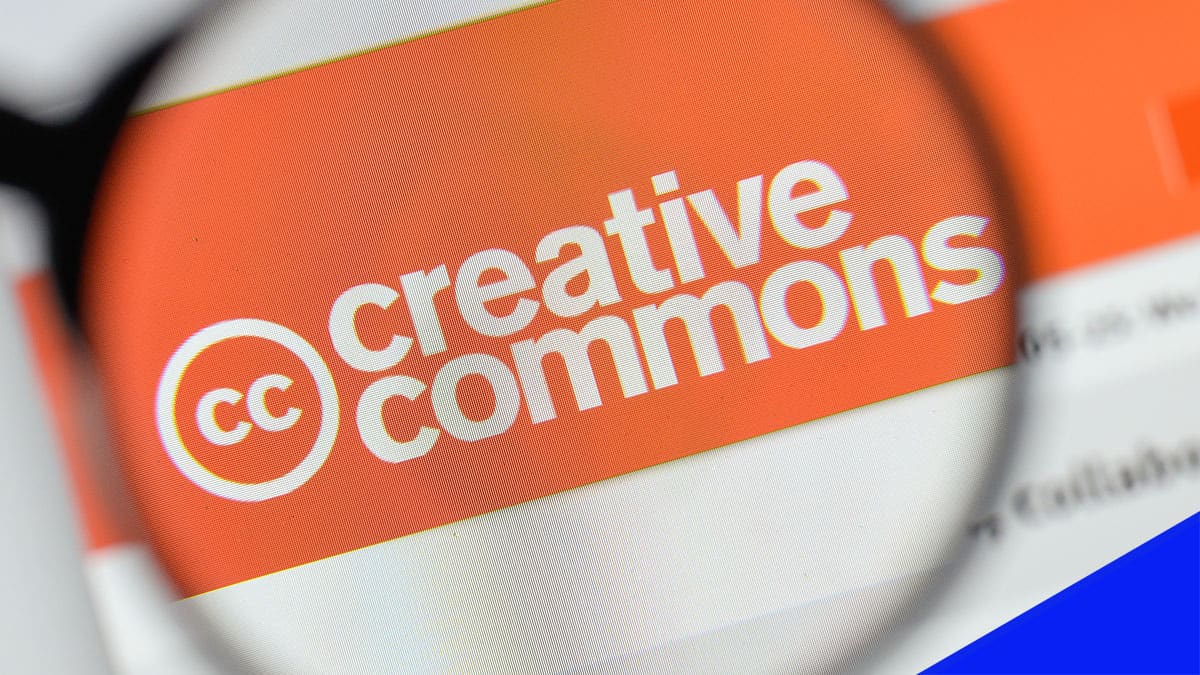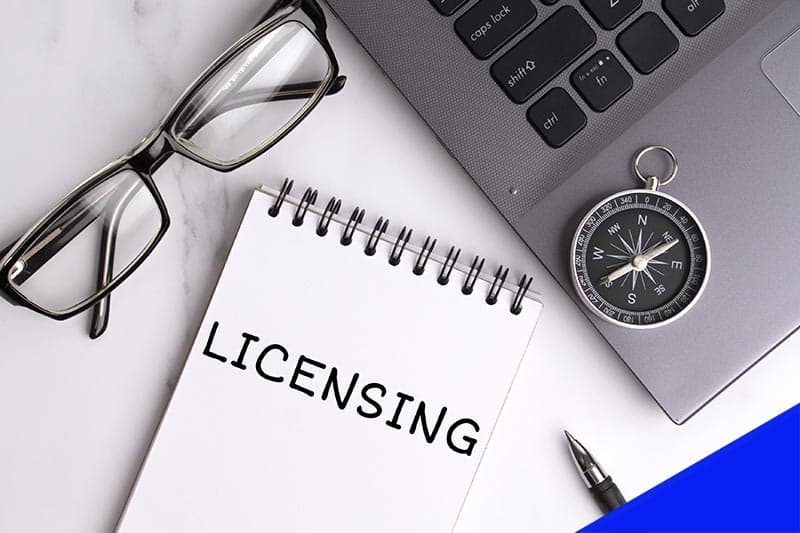In the world of art or content creation, you will inevitably come across Creative Commons (CC) licensing and may wonder what it means. You may want to use an image, 3D model, texture or other asset and need to understand if you’re allowed to.
Or maybe you wish to share your own creations and want to clarify what users are and are not allowed to do with it. Creative Commons can also clarify whether use of a work requires attribution to the creator. Here’s everything you need to know about Creative Commons (CC) licenses.

This page may contain affiliate links which pay me a commission if used to make a purchase. As an Amazon Associate, I earn from qualifying purchases.
If you’re looking for a single subscription service for unlimited access to stock images, videos, music and much more without ever worrying about licenses, Envato Elements is what I use for all of this.
Creative Commons Licenses Explained
Creative Commons (CC) licenses are a set of copyright licenses that provide a standardized way for creators to grant permissions for others to use their work. These licenses offer a more flexible alternative to traditional “all rights reserved” copyright.
Creative Commons licenses are designed to balance the interests of creators who want to share their work with others and users who want to reuse or build upon that work.
Creative Commons History
Creative Commons (CC) licenses were developed as a response to the limitations of traditional copyright laws, which generally granted “all rights reserved” to creators. The concept of Creative Commons emerged in 2001, pioneered by a group of legal scholars, activists, and advocates for open access and collaboration.
The idea behind Creative Commons was to create a standardized framework that would allow creators to easily share their works with others while still maintaining certain rights and control over their creations. The goal was to strike a balance between providing flexibility for reuse and ensuring appropriate attribution and respect for the rights of creators.
In December 2002, the first set of Creative Commons licenses was released. These licenses offered a range of permissions, allowing creators to choose the level of freedom they wished to grant to others for using their works. The licenses became popular among artists, educators, researchers, and other content creators who sought to share their creations more openly.
Creative Commons has continued to evolve and adapt its licenses to meet the changing needs of creators and users. New versions of the licenses have been released, incorporating feedback and improvements to address emerging issues and legal considerations.
Today, Creative Commons licenses have become an integral part of the open content movement, providing a legal framework for sharing and collaboration in the digital age.
Creative Commons Licenses and Conditions
Whether you’re a creator or user of an item with a CC license, you’ll want to understand there are different types of licenses. Each type allows different combinations of allowable uses.
Creative Commons License Conditions
The types of Creative Commons licenses are denoted by a combination of four conditions:
Attribution (BY)
This condition requires that the original creator of the work be credited or attributed when the work is used or shared. It doesn’t specify exactly how that attribution is to be made, but the creator must be mentioned when an asset with this condition is used.
Share Alike (SA)
This condition mandates that any adaptations or derivatives of the original work must be shared under the same or a compatible Creative Commons license. So you can use an asset and change it, but you’re then required to also allow your modified asset to be similarly shared.
Non-Commercial (NC)
This condition restricts the use of the work for commercial purposes. The work can be freely used for non-commercial purposes but requires permission for any commercial usage.
No Derivatives (ND)
This condition prohibits the creation of adaptations or derivative works based on the original. If you obtain an asset with this condition, you can’t use it to make other assets.
Creative Commons License Types
By combining these conditions, Creative Commons offers seven main license types.
Creators can choose the specific Creative Commons license that best suits their intentions for sharing and reuse. These licenses facilitate the sharing of creative works while respecting the rights and intentions of the original creators.
Attribution (CC BY)
This is the most permissive Creative Commons license. It allows others to distribute, remix, adapt, and build upon the work for any purpose, even commercially, as long as the original creator is credited.

Attribution – Share Alike (CC BY-SA)
This license allows others to remix, adapt, and build upon the work for any purpose, including commercial purposes, as long as the original creator is credited and any adaptations are shared under the same license.
Attribution – No Derivatives (CC BY-ND)
This license permits redistribution, commercial and non-commercial use, as long as the work is unchanged and the original creator is credited.
Attribution – Non-Commercial (CC BY-NC)
This license allows others to remix, adapt, and build upon the work for non-commercial purposes only, as long as the original creator is credited.
Attribution – Non-Commercial-Share Alike (CC BY-NC-SA)
This license permits remixing, adapting, and building upon the work for non-commercial purposes, as long as the original creator is credited and any adaptations are shared under the same license.
Attribution – Non-Commercial – No Derivatives (CC BY-NC-ND)
This license is the most restrictive option. It allows others to download and share the work for non-commercial purposes only, as long as the original creator is credited, and no changes or adaptations are made.
The CC-0 License
The king of creative commons licenses is the CC-0 license. This means it is free to use with none of the above restrictions. Use of a CC-0 asset does not require attribution.
CC-0 assets can be used to create derivative products and those derivatives have no requirement to be sharable with the creative commons license. There is no restriction for commercial use with a CC-0 license.
To learn more about Creative Commons, visit the Creative Commons International NonProfit’s website.


